Laziest Animals on Earth That Spend Most of Their Lives Doing Absolutely Nothing
If you’re an animal enthusiast, you probably know that the vast majority of animals prefer not to spend their lives in motion. Some barely budge for hours, even days. Their routines are shaped by diets, environments, and adaptations that make minimal movement a smart strategy.
These slow-living creatures remind us that nature has many ways to survive. Whether saving energy or outsourcing effort, each of them manages just fine, doing almost nothing at all. Here are fifteen animals with surprisingly inactive lifestyles.
Lions
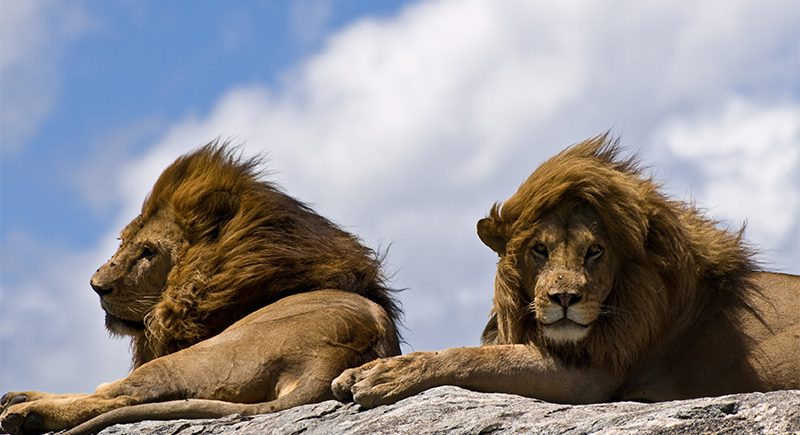
Credit: Wikimedia Commons
In the African savanna, few animals look as imposing yet act as relaxed as the lion. This animal spends most of its day sleeping or lying around. Males enjoy downtime of around 20 hours a day, while lionesses take short breaks between hunting or raising cubs. Large bursts of activity, such as hunts or fights, require reserves. Essentially, lions survive by doing as little as possible until activity becomes necessary.
Koalas
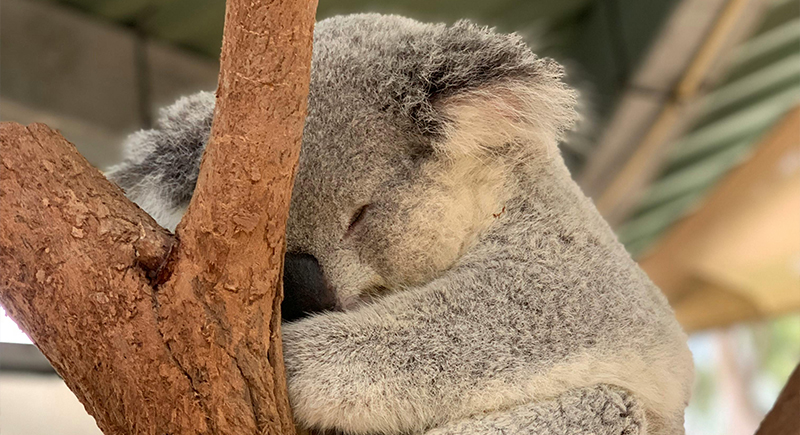
Credit: pexels
For koalas, rest is how their bodies manage the work of staying alive. They spend close to 18 hours a day asleep, mostly because their only food—eucalyptus leaves—is tough to digest and low in nutrients. The effort it takes to process those leaves leaves little room for activity.
Deep-Sea Anglerfish
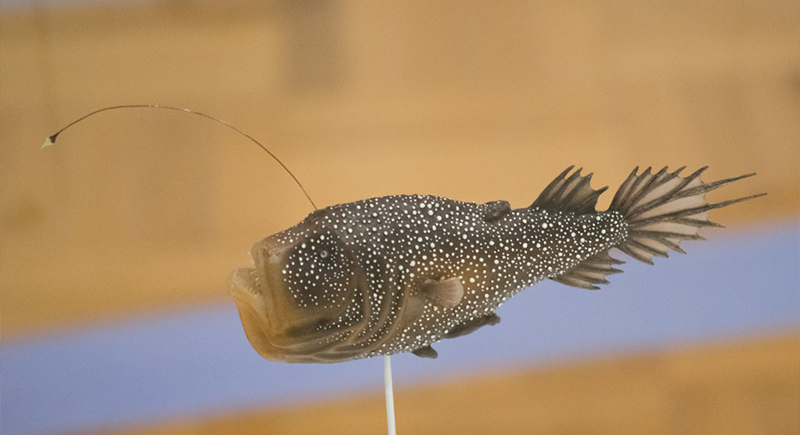
Credit: flickr
Life in the deep sea doesn’t allow for high-energy survival strategies, and the male anglerfish takes that to an extreme. When he locates a female, he latches onto her body and gradually fuses with her. He eventually loses his eyes, fins, and various organs, and ends up surviving only as a reproductive vessel.
Anthozoans
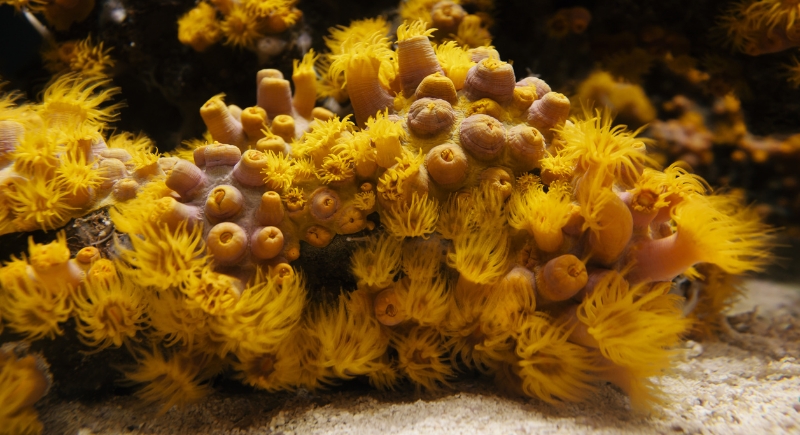
Credit: pexels
Anthozoans, some of the ocean’s oldest inhabitants, have never needed to change their position. Once anchored to a surface, creatures like corals and sea anemones remain fixed for life. These anthozoans use soft tentacles to catch food and rely on diffusion for oxygen. They lack brains and sometimes even circulatory systems, but they still manage to build vast reefs over generations.
Alligator Snapping Turtles
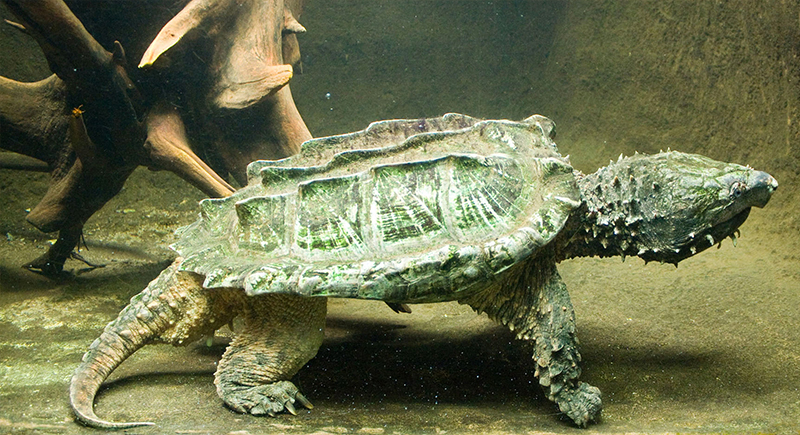
Credit: Wikimedia Commons
The alligator snapping turtle waits still with its mouth open in muddy riverbeds. Its tongue wiggles like a worm to trick fish into its jaws. When prey wanders too close, it strikes. Wildlife biologists note that this species mostly has algae growing on its shell due to its lack of movement.
Nurse Sharks
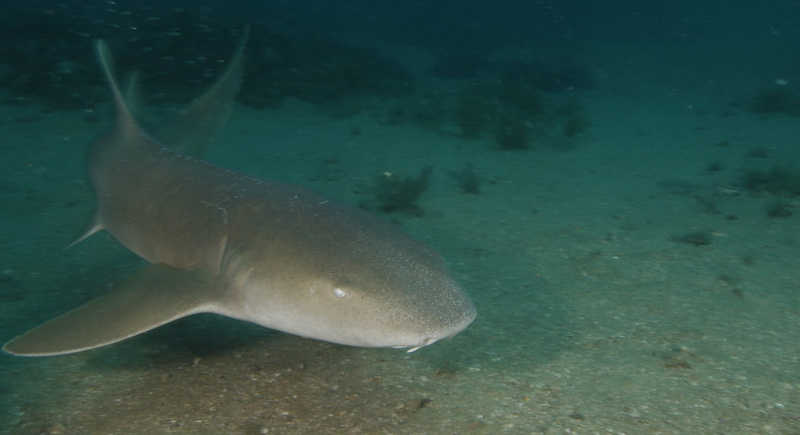
Credit: flickr
Studies have found that nurse sharks can go long stretches without eating, a trait that reflects their energy-efficient lifestyle. During the day, they stay quietly on the ocean floor, sometimes forming small groups but mainly lying alone. At night, they make their way slowly through the water while using suction to catch unsuspecting prey.
Giant Pandas
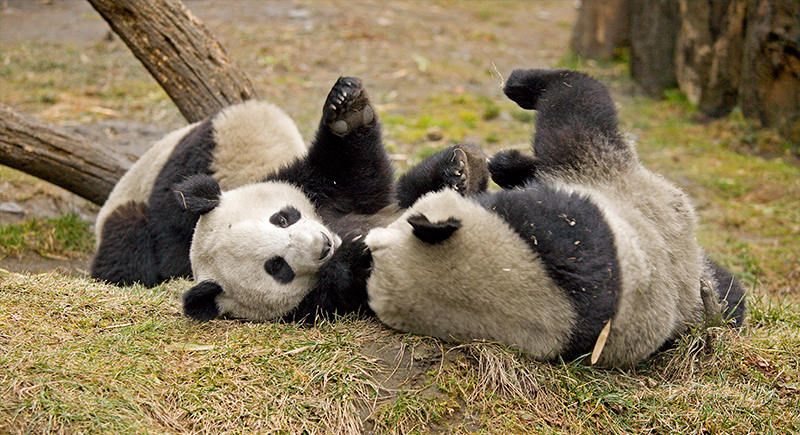
Credit: Wikimedia Commons
Despite their size, these bears don’t act aggressively or energetically. Giant pandas eat bamboo for up to 14 hours daily and relax the rest of the time. Bamboo contains minimal nutrients, so they consume almost 84 pounds a day to meet nutritional needs. Their lives revolve around eating, lounging, and repeating.
Cuckoos
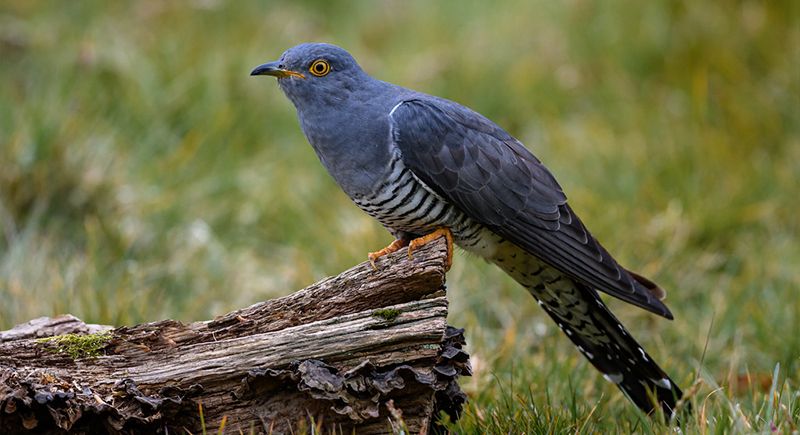
Credit: flickr
These birds have mastered parental delegation. The cuckoo lays eggs in the nests of other birds, preferably species that fail to notice the difference. Over time, evolution has fine-tuned this reproductive shortcut. By avoiding the demands of parenting, the cuckoo produces more offspring without building a single nest.
Slow Lorises
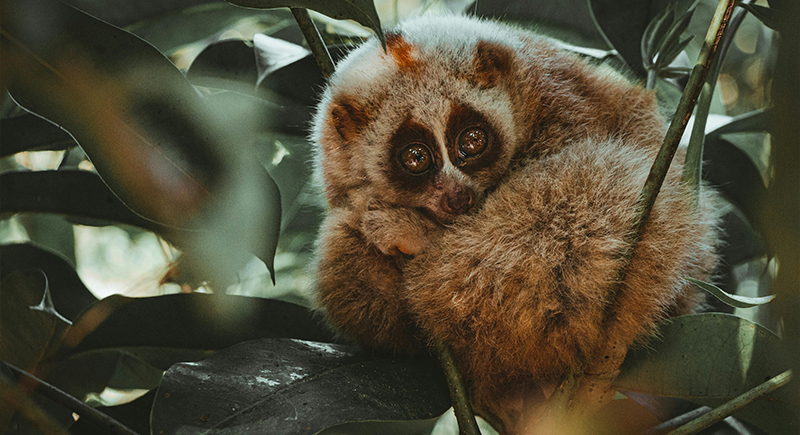
Credit: pexels
When a creature has “slow” in its name, it’s safe to assume speed isn’t part of the routine. The slow loris lives by that label with actions so deliberate they can go unnoticed in plain sight. It can cling to branches for hours without shifting position. Its body supports this pace, and its venomous bite offers extra protection.
Sloths
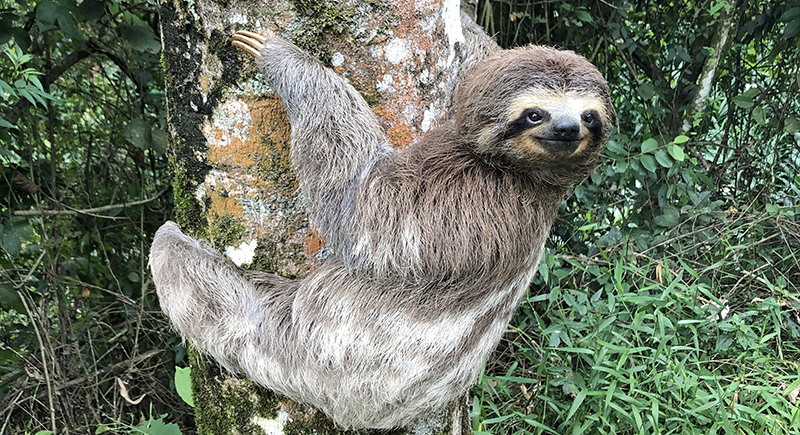
Credit: Wikimedia Commons
There is one animal that barely makes a sound during the day or night. That would be the sloth, which spends at least 90% of its life hanging lifeless in the treetops. Its limbs are built for gripping, not speed, and even climbing takes hours. It descends only once a week to defecate—a slow, vulnerable process that often takes 30 minutes.
Lemurs
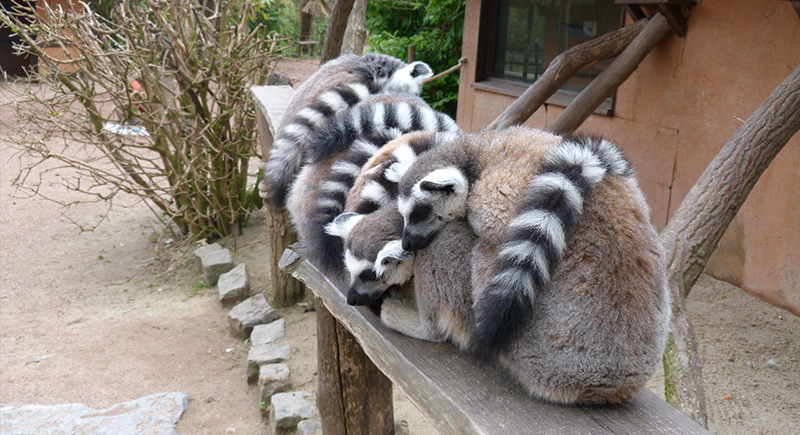
Credit: Wikimedia Commons
Many species of lemurs sleep over 16 hours each day and then spend their waking hours grooming or foraging without haste. A few gather in sleep pods to conserve warmth. Their diets of fruit and leaves don’t provide quick energy, so they conserve what they can. Evolution hasn’t pushed them toward agility or aggression.
Adelie Penguins
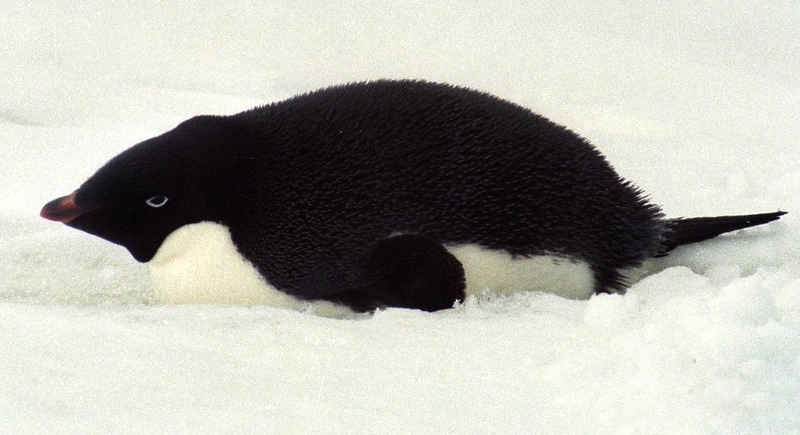
Credit: flickr
Antarctica’s harsh conditions force animals to conserve power whenever possible. Some Adelie penguins take advantage of this by stealing pebbles from neighboring nests rather than collecting their own. Gathering stones takes time and effort, so skipping that step reduces the physical toll.
Dewdrop Spiders
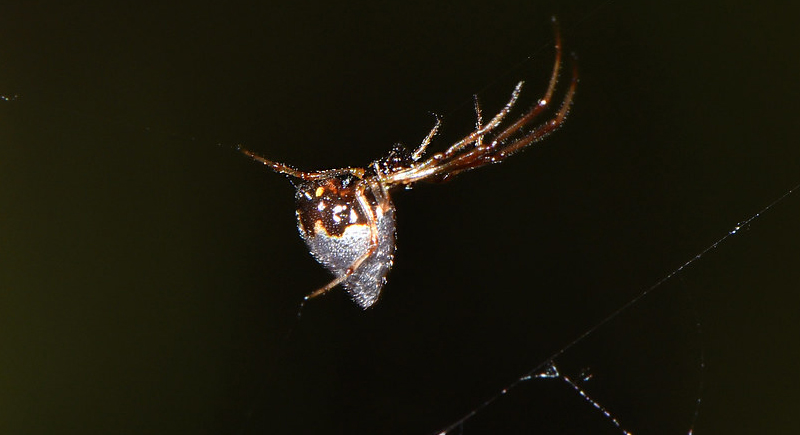
Credit: flickr
Not all spiders earn their meals. Dewdrop spiders climb into the webs of larger species and wait. They sneak bites of captured prey and rarely build webs themselves. If food becomes scarce, they may consume their host. Yes, the name may sound delicate, but the dewdrop spider’s strategy is ruthless and undeniably effective.
Pythons
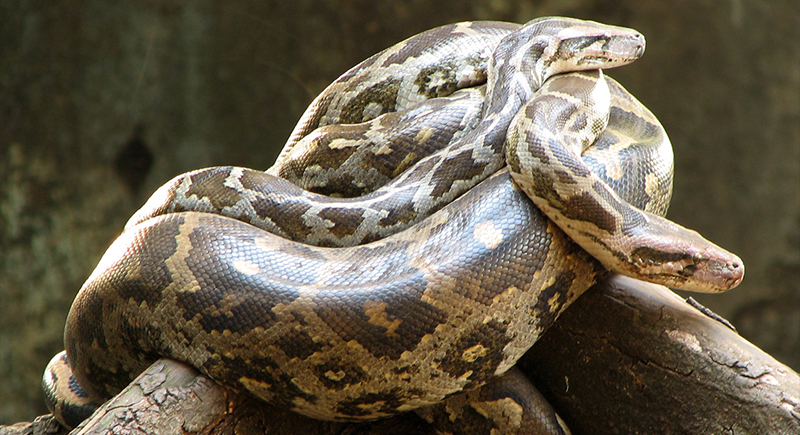
Credit: Wikimedia Commons
After a big meal, these snakes go quiet. Pythons sleep for days—sometimes a week—while they digest prey whole. Shedding their skin also triggers long, quiet periods. They wait patiently for the right moment to ambush and conserve the strength needed for a single, efficient strike.
Owl Monkeys
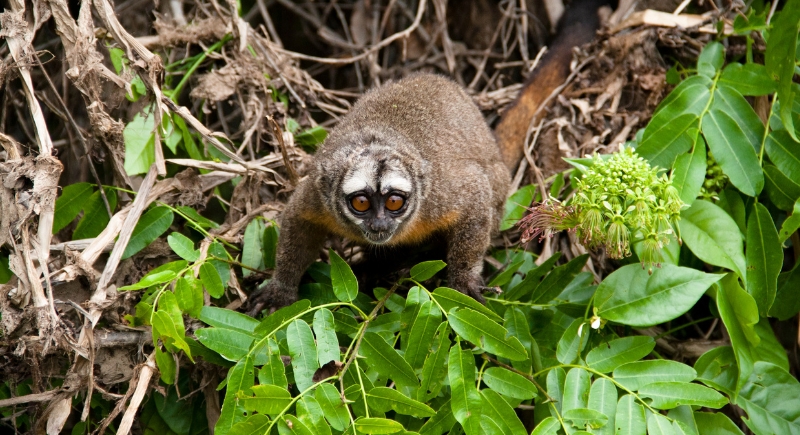
Credit: Getty Images
Fossil records suggest these nocturnal primates have followed the same structure for thousands of years. Owl monkeys, also usually called night monkeys, are the only true monkeys active only after dark. They wake at dusk, stay active briefly, and then sleep for nearly 17 hours daily.